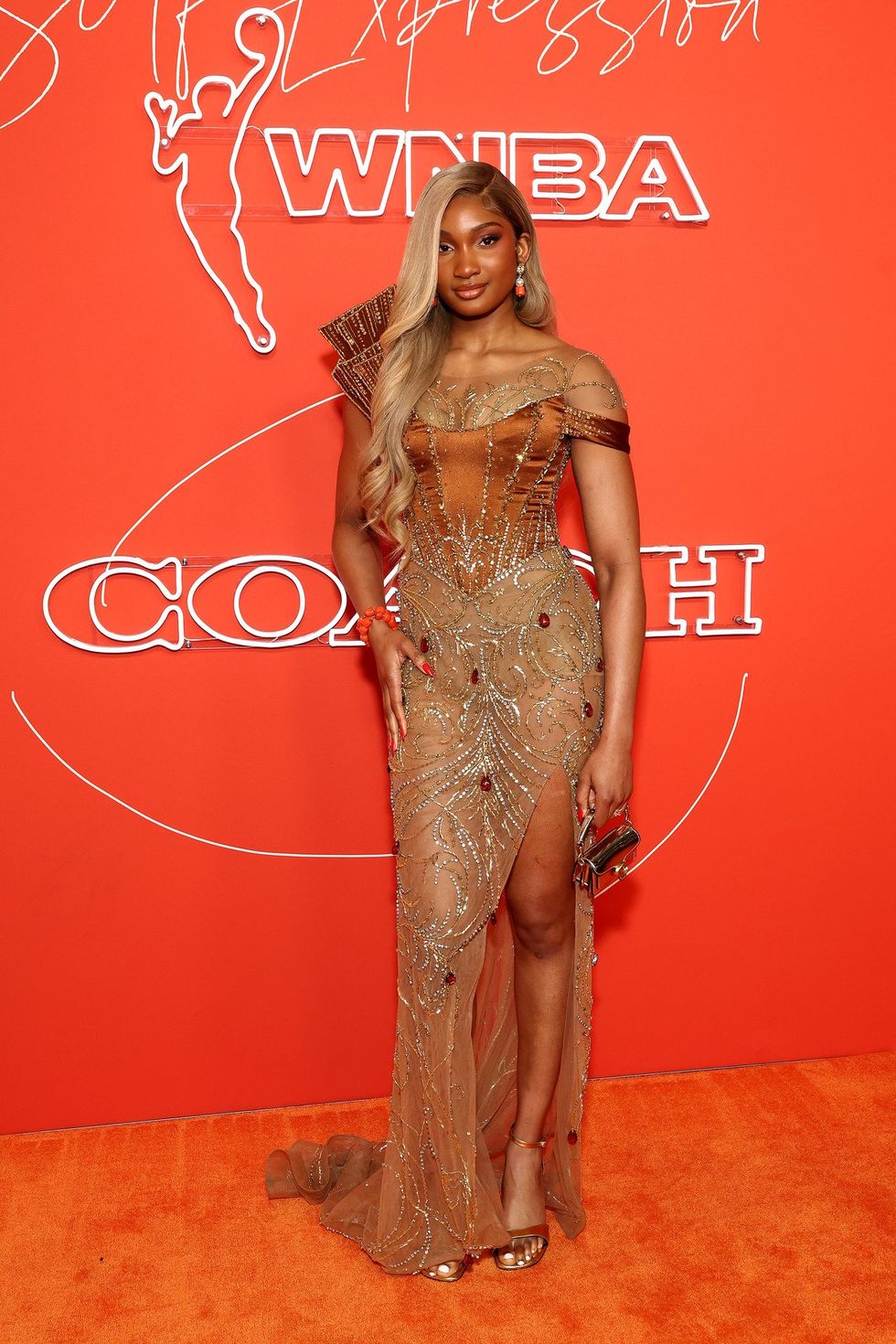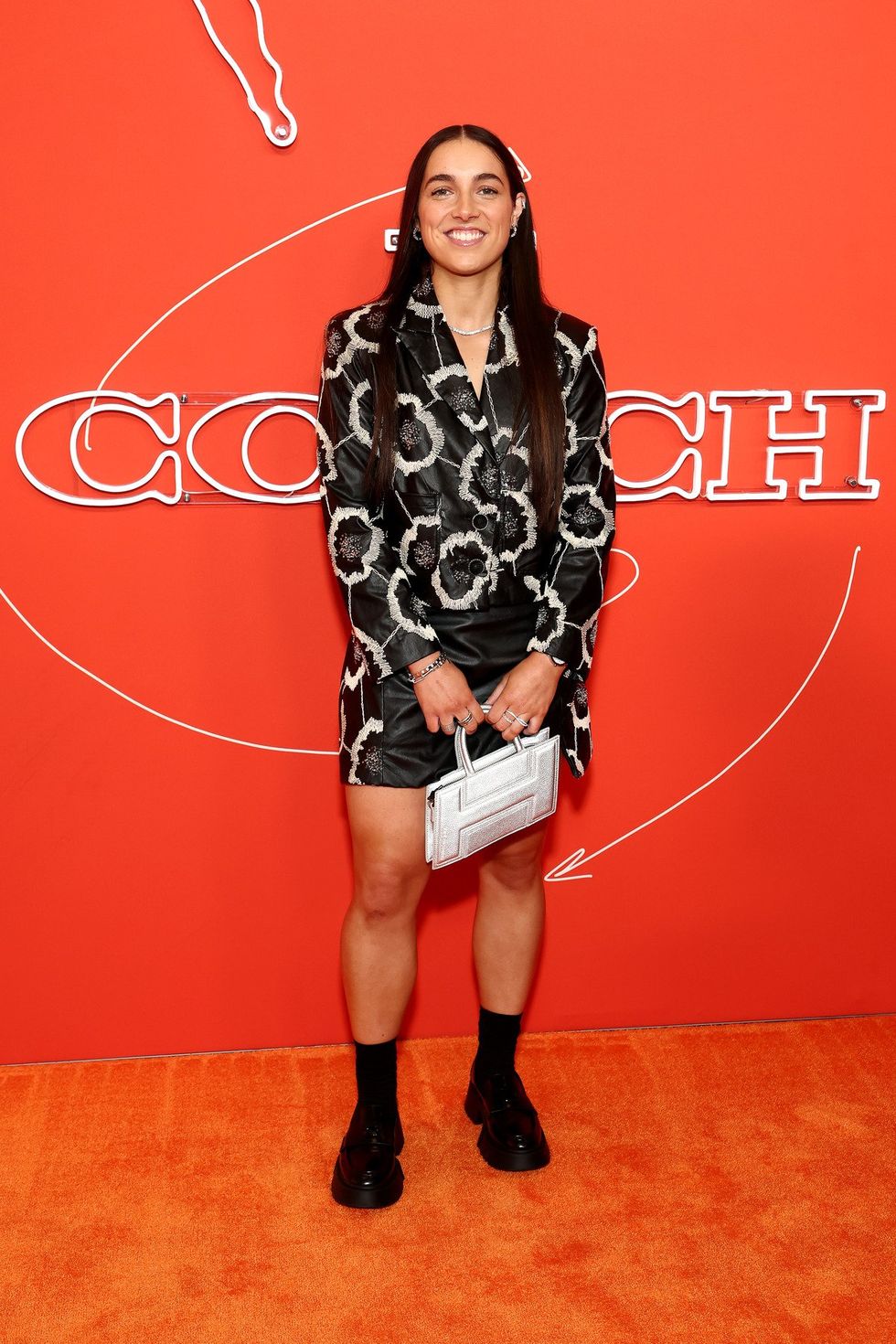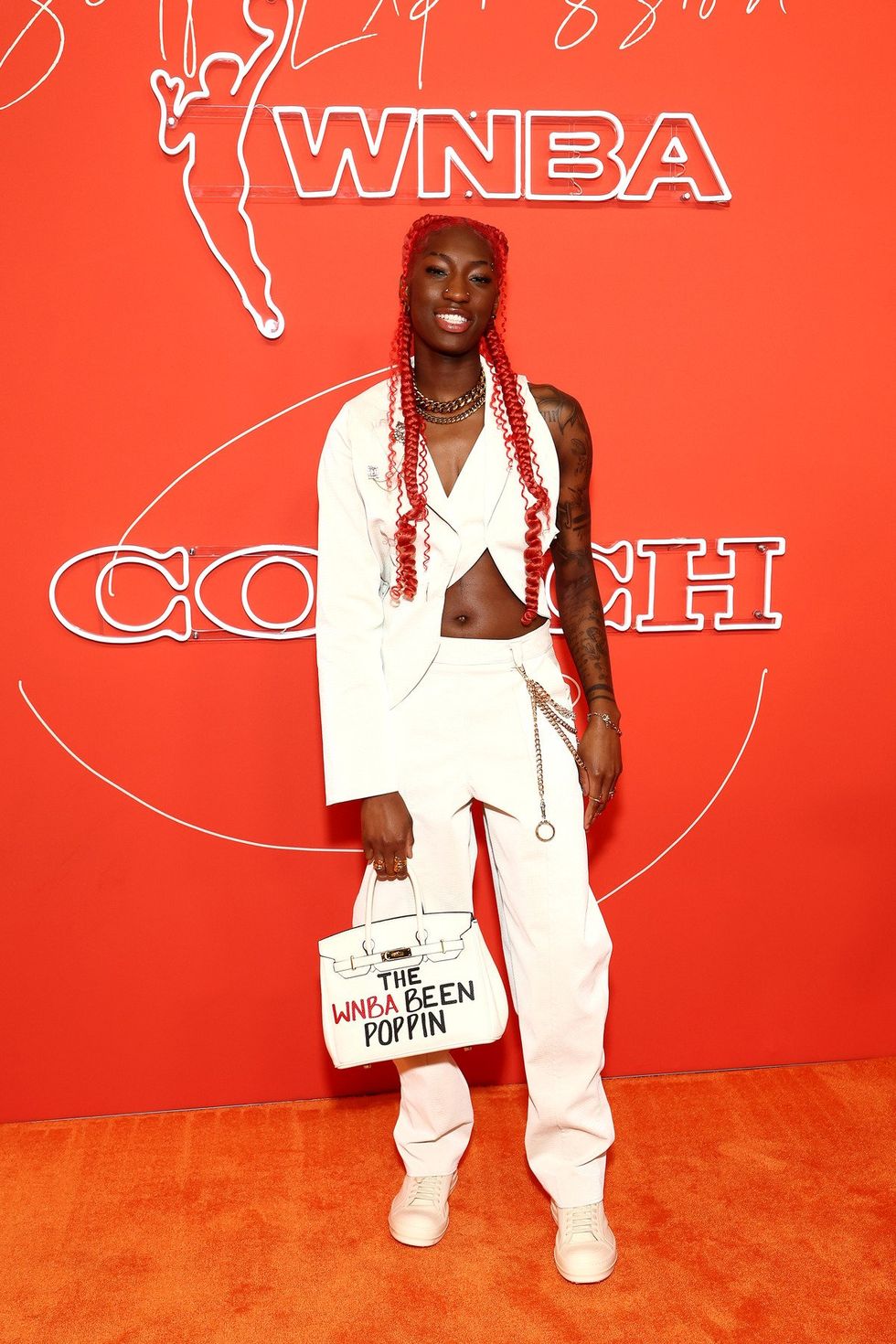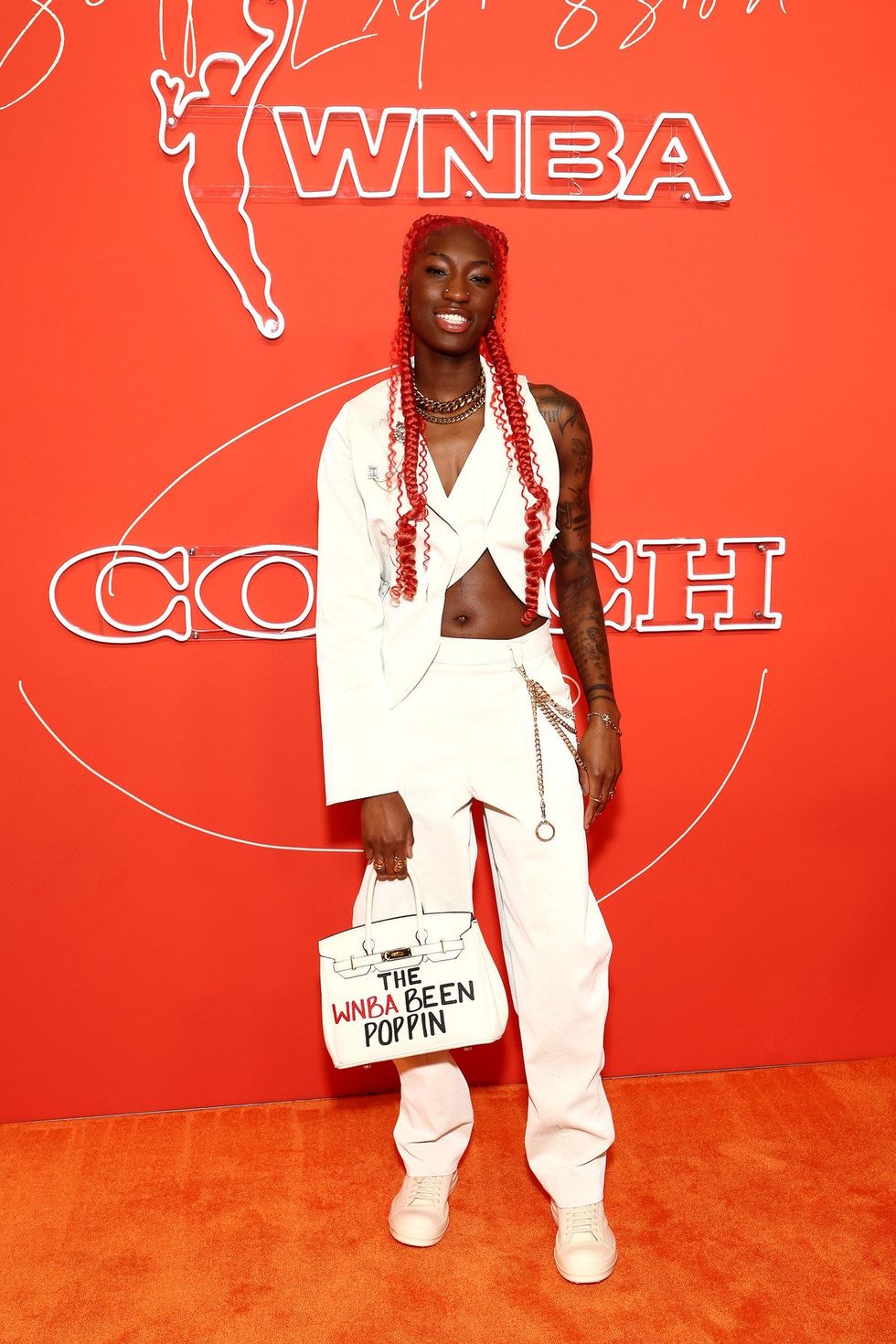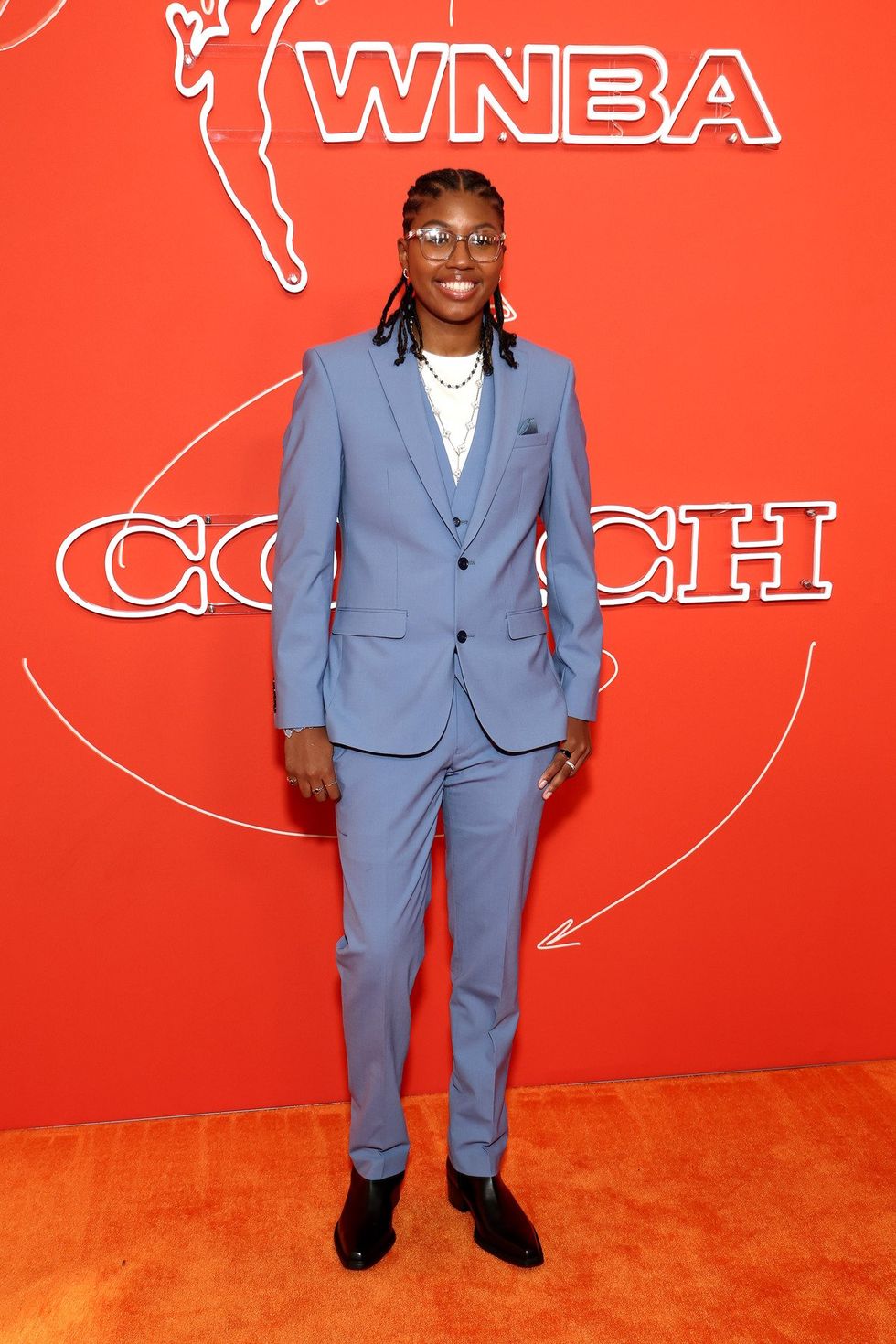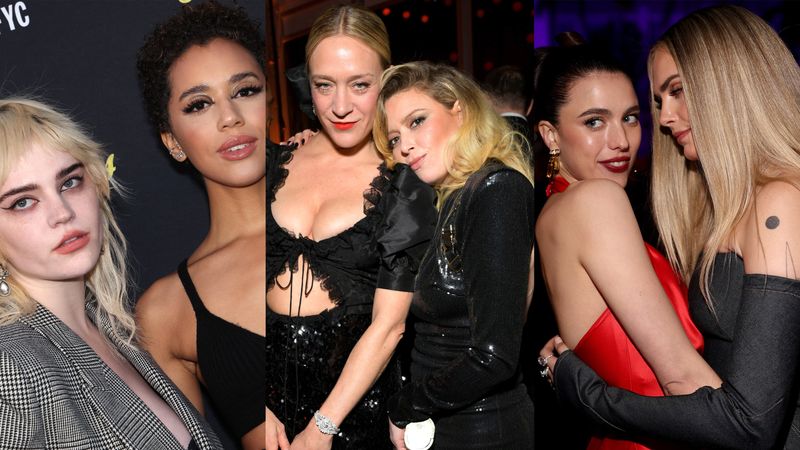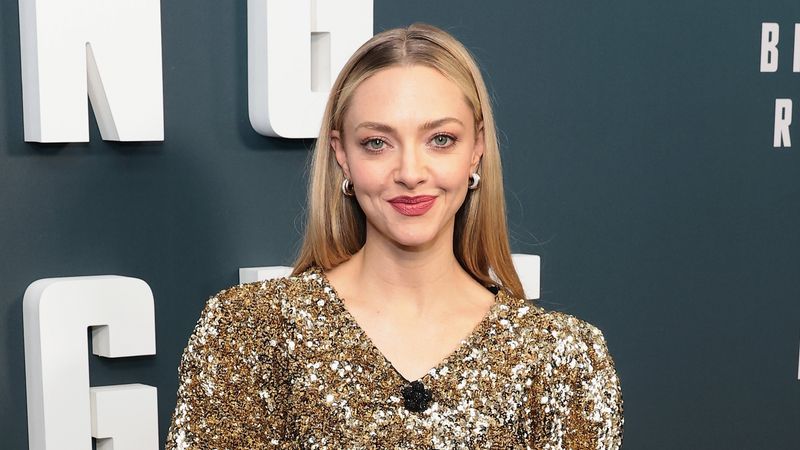In Medias Les: Humorous musings + critical theory + coming-out memoir
The title of Lisa Cholodenko’s High Art (1998) is a pun. Because it’s about an artist who does drugs. Get it? “High” art? This is the silliest thing about the film -- rest of it is pretty serious and difficult. I’m still a bit miffed though, because High Artwould have been a perfect name for a buddy road movie about the zany adventures of two stoners who’ve been hired to bring a priceless painting to an auction across the country in 48 hours. Instead, we get sad Ally Sheedy and the filmic equivalent of listening to the Mazzy Star cover of “Sweet Jane” on endless loop.
Not that Ally Sheedy doesn’t look great in all those tank tops...brb -- buying tank tops.
When I put a call out to my pals for recommendations of queer female media (in any form), this one kept popping up. I’d actually seen it before, years ago, but had somehow erased it from my memory.
Radha Mitchell, who I now recognize from Silent Hill, plays Syd, a keener photography intern with an way-too-nice apartment, and a boyfriend.
She meets her mysterious neighbor Lucy Berliner when she goes upstairs to investigate a leak and then just starts...hanging out.And,lo and behold, her mysterious, attractive, queer upstairs neighbor just happens to be a famous art photographer who’d gone underground years ago but kept working. Arty meet cute!
The chemistry between the two is undeniable, despite Lucy’s high-strung, strung-out partner Greta (Patricia Clarkson) -- who is somehow both fabulous and incredibly irritating in this role, and part of me wonders if that's due to a) PC being naturally fabulous but b) the film following the misogynistic tradition of playing 'bitchy uncontrollable girlfriend'). Lucy and Greta have a veritable drug den in their cool loft apartment, which is bankrolled, it would seem, by Lucy’s wealthy mother.
more on next page...
\\\
(continued)
I asked a few people why they recommended this movie, and the answers mostly had to do with either it being the best quality film out there about a relationship between two women, or ALLYSHEEDYOMFGBBQ. But really, like, way real, for me, it’s all about the sex scene, guys.
Much like the sweet nectar high of a first love, the film smartly builds the tension to what is a sweet, intimate, tentative and ultimately touching scene. Before they fuck, there’s loads of tension. A thousand confused faces of Syd. A kiss in the car on the way to Lucy’s country cabin, where they’ve run off on a tight production deadline. In the kitchen, Lucy touches Syd’s foot, her face.
And then leads her decisively to the bedroom. What a build!In the dark, all that can be heard is the sound of crickets, a country heartbeat for a tension-packed moment. The setting of the cabin reminds us that they are in their own little world--as Lucy remarks on the drive--the light is different here. The rest of the film broods with a type of city grit, where dim rooms are lit by sallow candles, and alternately, the other scenes hum with the flourescent, soulessly efficient work spaces of Syd’s magazine office. But at the cabin, everything is soft, milky, earthy. Dappled light through trees, morning sun streaming through windows. This is the place in space and time where their love exists.
Back to the sex. In a white tank top and pedal pushers, Syd looks very much the innocent, a perfect visual metaphor for her lack of Sapphic experience. As Lucy undresses, Syd is stoic -- you can see her considering.
The tension is not just the usual “will they?” but rather, “will she?” Will Syd turn back on Lucy or will she go through with it? Will she...gay? The women undress and get into bed. Oh yes, she’s gonna gay. She’s gonna gay all over the place.
The two fidget, holding hands, and we reach this, the most truthful, resonant piece of dialogue in the film:
Syd: This is intense...
Lucy: Is it?
Syd: I'm not usually like this.
Lucy: Like what?
Syd: Nervous.
more on next page...
\\\
(continued)
Lucy kisses Syd, which is a partial, if not full catharsis. They pause again. Lucy asks Syd if she’s ok. The hesitance is real, agonizing, torturous. Syd says she is but that Lucy “looks so serious” (said as she squirms away from Lucy’s exploring touch). Here comes the money:
Lucy: I'm kinda hot. That's kinda serious.
Syd (and everyone watching) agrees it’s hot, to which Lucy replies:
Lucy: No, you’re hot.
I’m hot, you’re hot, this whole goddamned courtroom is hot!
Then they do it. Ok, I know that’s a cheap description. And some more stuff happens first. First, Syd gets a bad case of the nerves, for one thing. After starting to take the lead by climbing on top of Lucy, she collapses against her chest, defeated.
S - What should I do to you?
L - Whatever you want to do to me.
Some more back and forth ensues, with Lucy eventually flipping Syd back over, who still hesitates. Lucy checks in and Syd admits, tearfully:
Syd: I don’t know...I think I’m in love with you.
Cut to: the next day.
[record scratch]
What?!!! The next day? Are you fucking kidding me? Our collective genitalia just turned blue, fell off and started their own village somewhere down by the sea.
Oh but wait! They’re naked again. Well, Syd’s naked, under blankets. They have some cute horseplay-and-photography fun. They smooch a bit. And now I’m done chronicling their sex blow-by-implied-blow. I just wanted to point out that this film is both very sensual, real, and also an enormous tease. At over an hour into the film, the sex happens, and then it’s almost entirely through suggestion. I know what you’re thinking, why show the Ally Sheedy Tank Tops if you’re not going to Ally Sheedy Tanks Off? Me too, friends, me too.
The things I love about this movie: its beauty, the way it acknowledges a fluidity of sexuality that moves presumed-straight Syd from “girl with boyfriend” to “girl boning Lucy” in a real, hesitant but honest way. I love the way that it includes Lucy’s relationship with her mother. I love how it skewers the art world and its willful consumption of artists. Things I don't love about this movie include: its blinding whiteness/erasure of people of color (get ready to hear that a LOT in this space, because, wtf white lesbian movies? Seriously). Isn’t that enough?
Part of me is torn between the hard and fast rules of “spoiler etiquette” but again, we’re talking about a movie from 1998, which comes highly “dyke-ly” recommended. But I don’t necessarily want to ruin the film by giving away major plot points to the uninitiated. So, spoiler guards up. We soldier on.
I like that it shows the reality of drug addiction, and for the most part it paints a real, if doomy, picture of what a life addicted can be like. However, while I agree to some extent that showing the consequences of drug use can send a better message than flat-out glamorizing, in many ways the end feels like a huge question mark. And maybe that is the nature of death, too, a sudden, dramatic cutoff without a tidy wrap-up.
At first I thought, since the film is based on a real artist, Nan Goldin’s work and life, that perhaps this ending merely reflected the reality of her life -- until I found out that Goldin is still alive and perfectly well.
The thing I fear is that the ending of the film, while correct in the face of Lucy’s drug use, is a case of what the good folks at TV Tropes call “Bury Your Gays”, which they say is also known as Dead Lesbian Syndrome. The list of examples is huge enough that it can’t be ignored. Thank goodness there are nerds out there willing to compile this kind of data! This sad, unfortunate data. In the annals of film history, there are a lot of dead queer bodies. Many of them women. Because that is the only way the Media Universe can correct itself - through ambiguously moralizing deaths.
So alas, High Art,we knew you so well. Maybe if you were made a little later you could have ended with, I dunno, a dramatic hospital scene wherein the power of love conquers drug addictions...j/k that is also a very terrible way to end a movie. There’s no way to reverse engineer this one. Watch it for what it is, and love it for what it’s not. I mean, hey, at least they don’t make Syd straight again in the end, right?
-------------------------------------
Toronto-based Writer/PerformerCatherine McCormick will be posting this column regularly, analyzing texts critical to her own queer journey, as well as taking recommendations of “classic” “queer” “texts” to “review” (with plenty of jokes and scare quotes to go around).
Read Catherine's take on the classic Foxfire here.




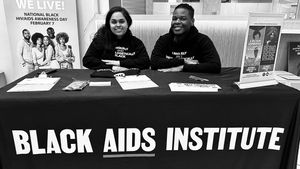

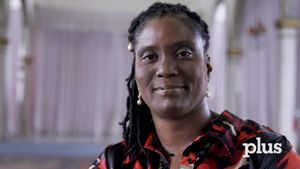
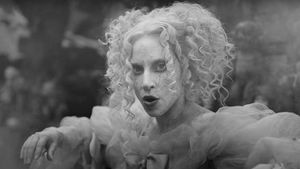


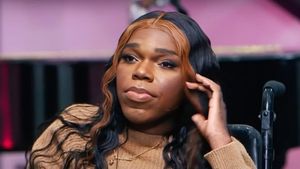












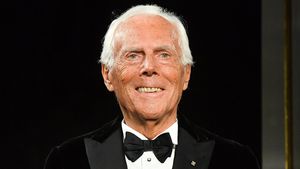






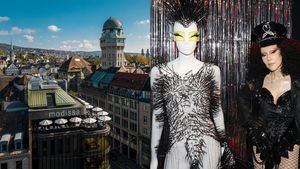
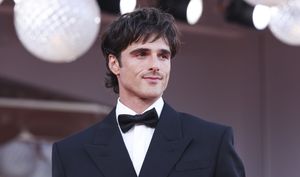







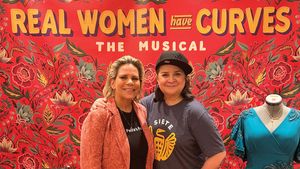


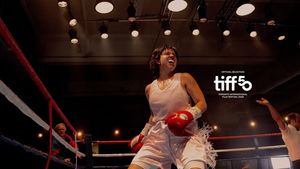







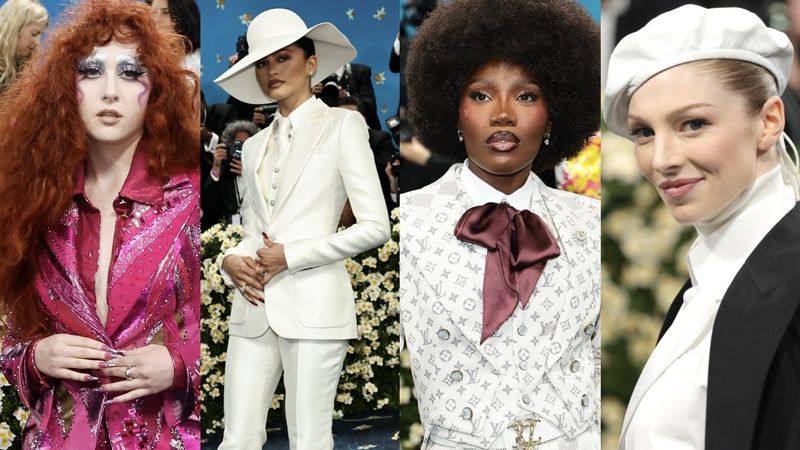
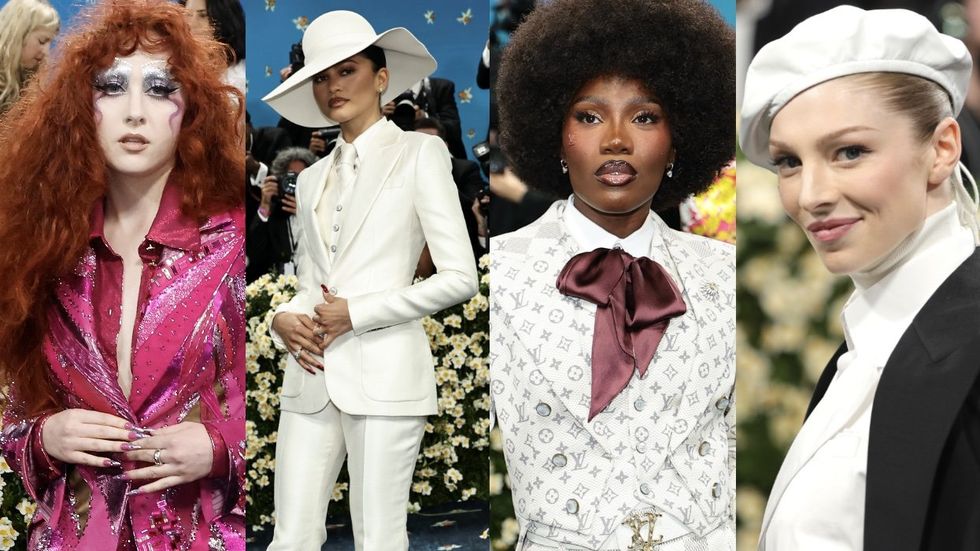



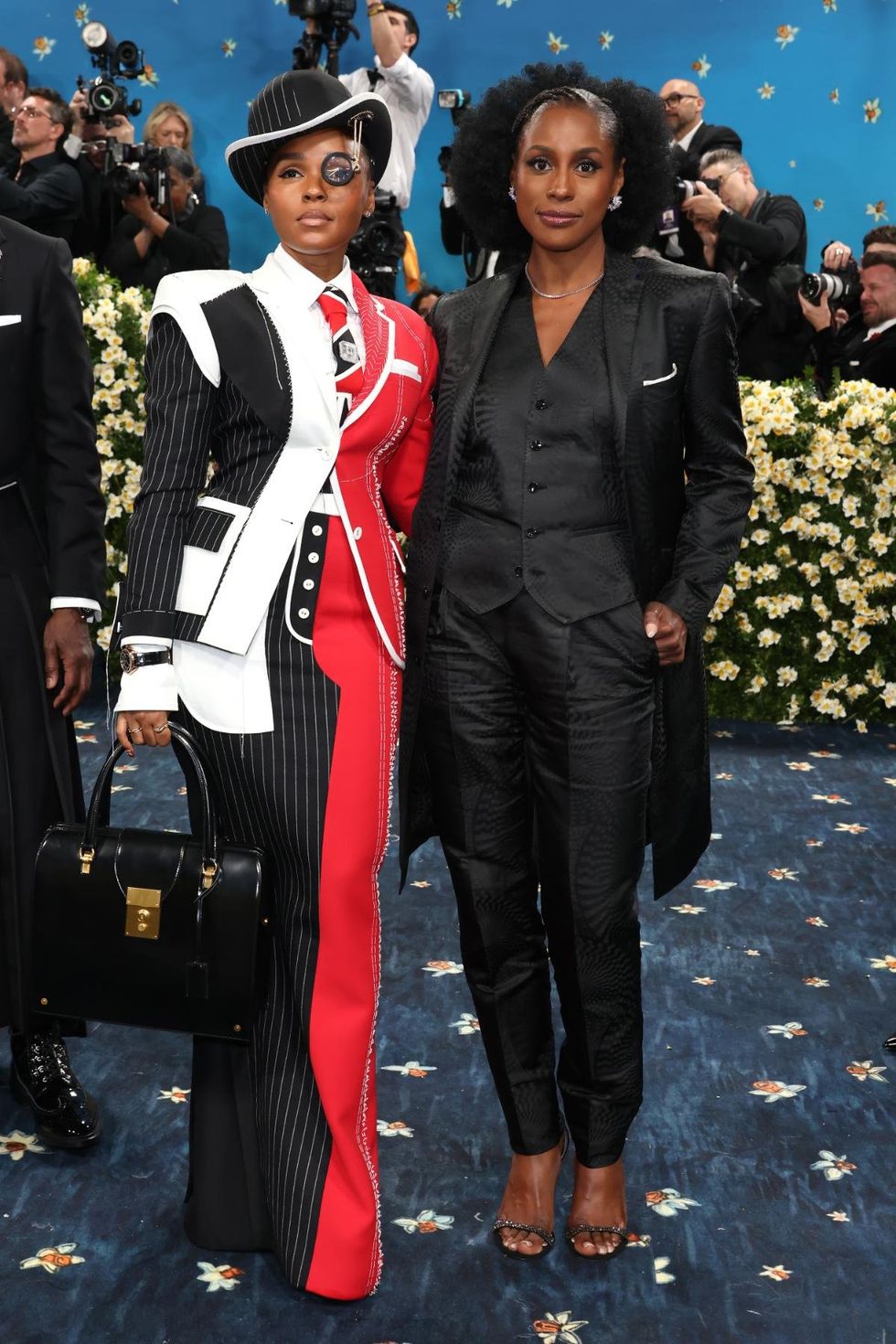

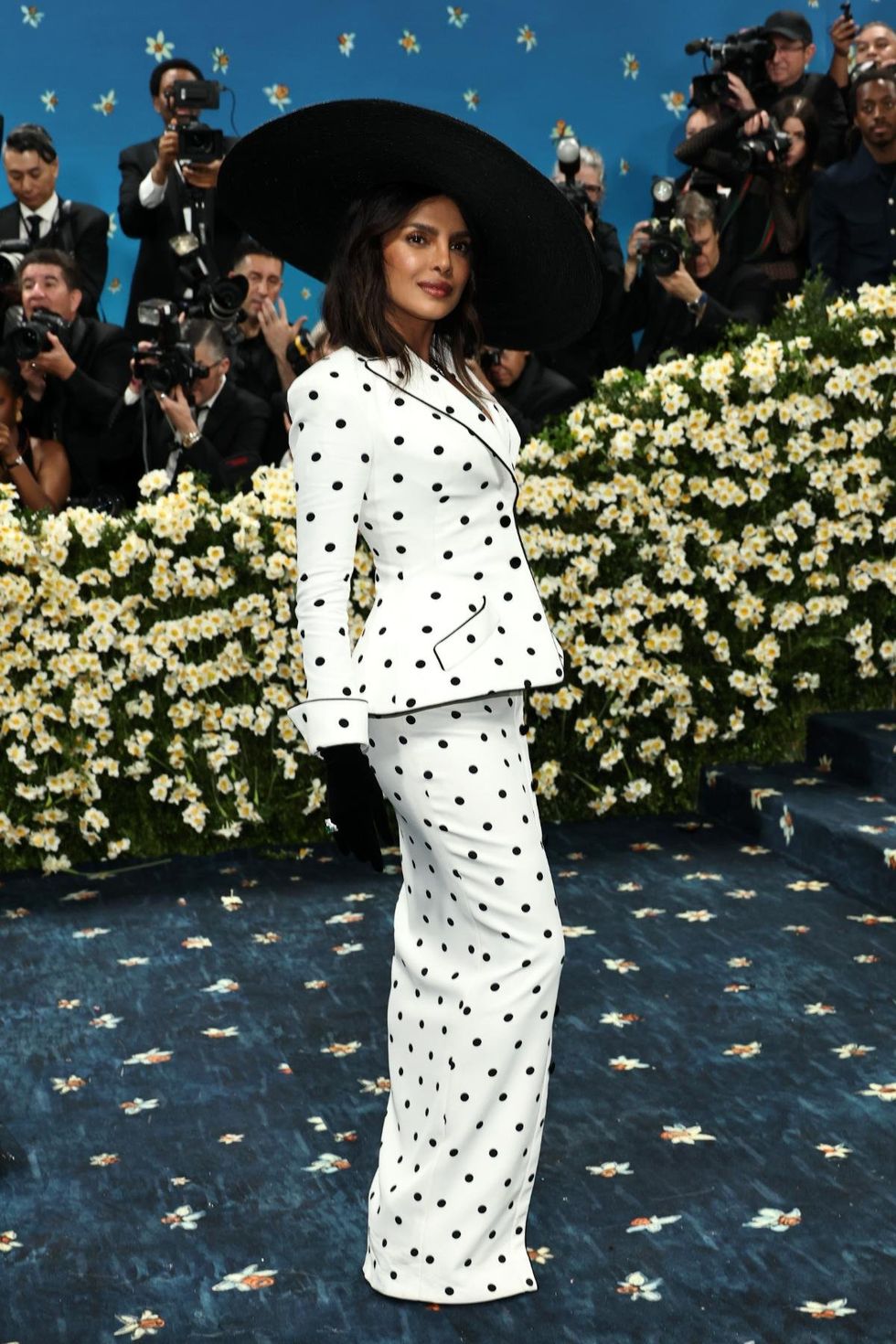












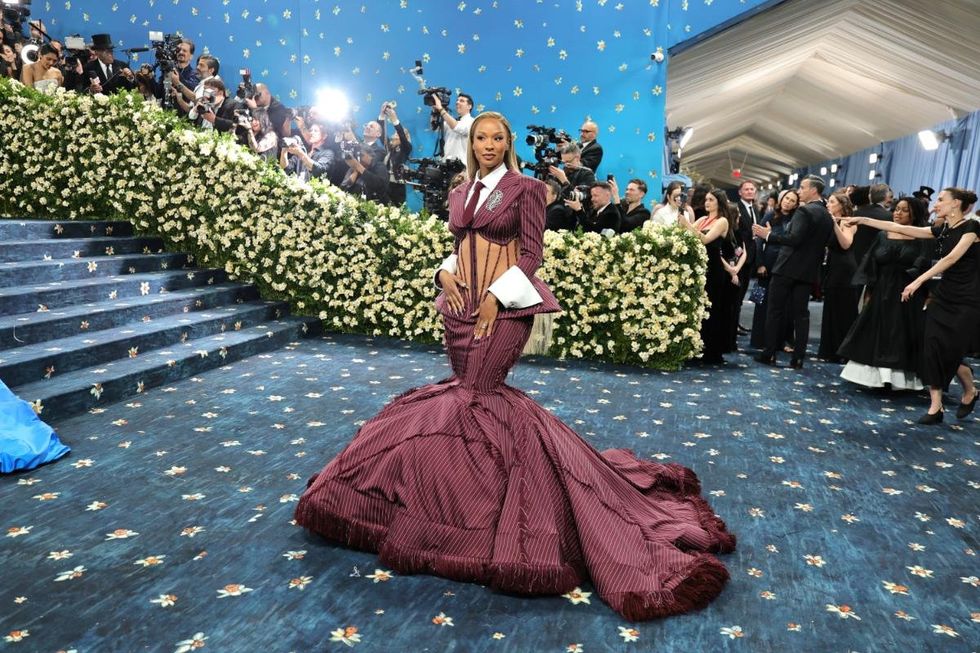

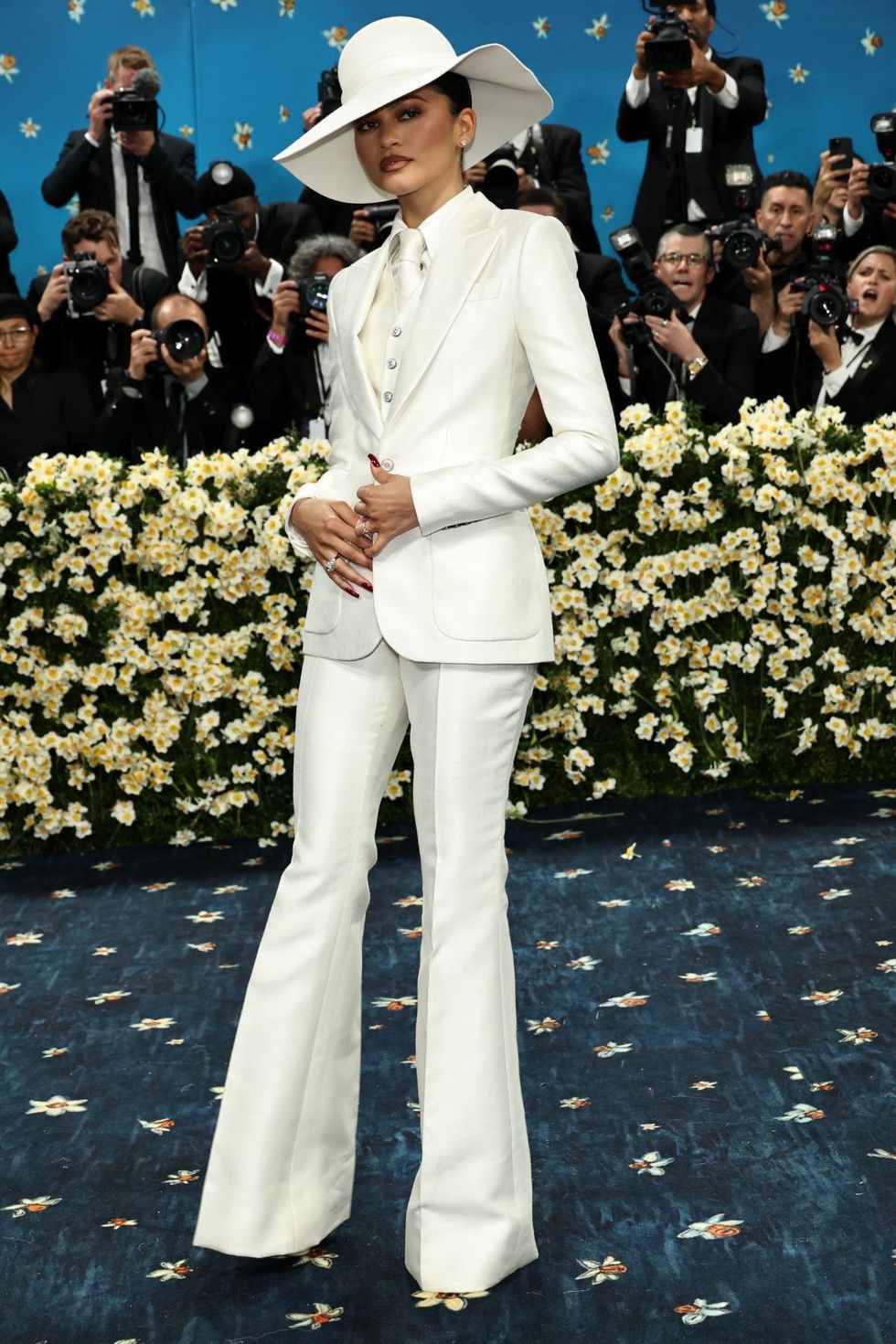



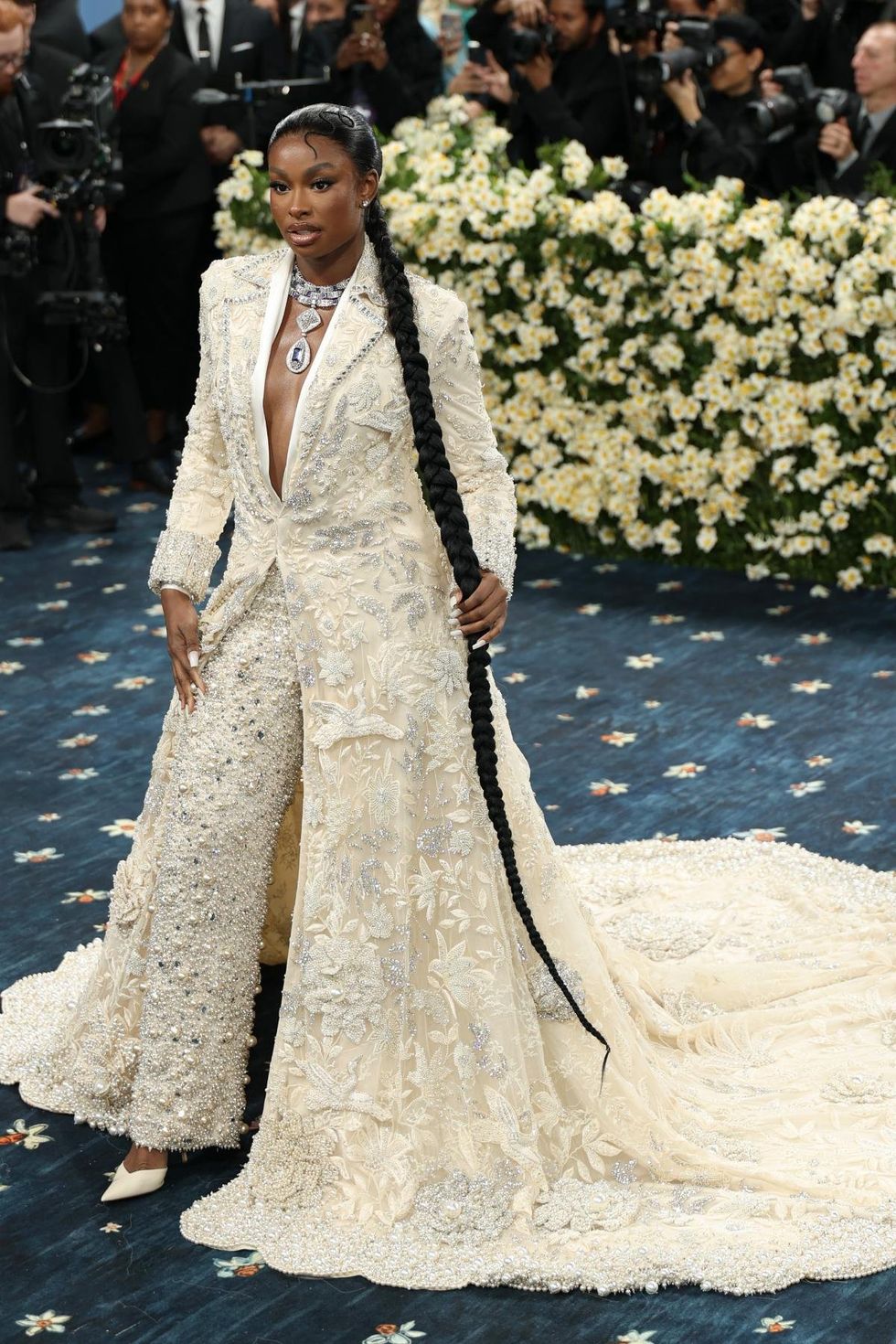








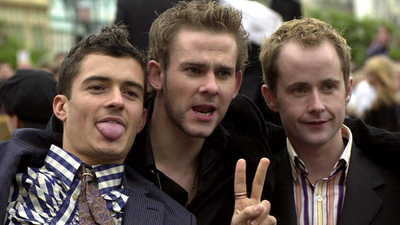
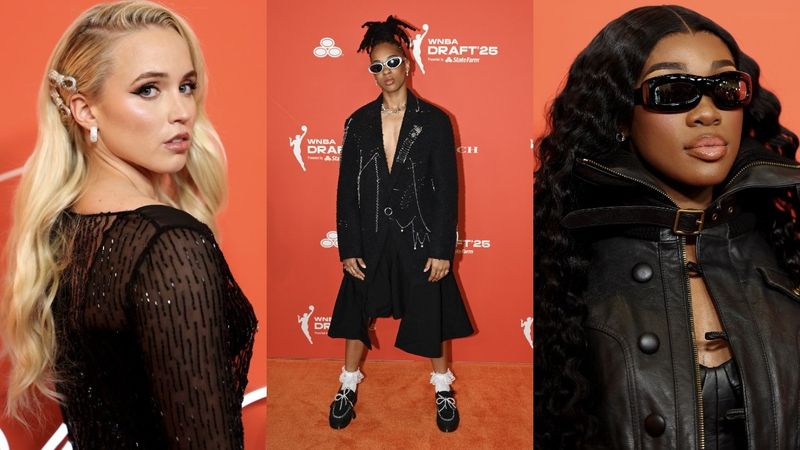
 Cindy Ord/Getty Images
Cindy Ord/Getty Images